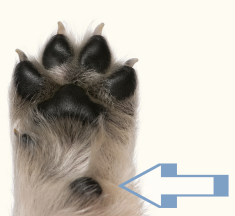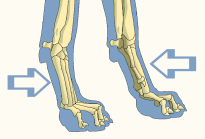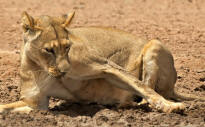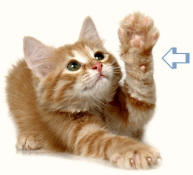Glossary

Pad
Cushion-like part of animal foot.
The tough, superficial cutis (outer layer of skin) of the pad is keratinized and hairless. Under the cutis is the thick subcutis.
The fatty (adipose) tissue of the subcutis provides a cushion to absorb shock during locomotion.
The tough, superficial cutis (outer layer of skin) of the pad is keratinized and hairless. Under the cutis is the thick subcutis.
The fatty (adipose) tissue of the subcutis provides a cushion to absorb shock during locomotion.
Tarsus
The joint and bones of an animal’s hind limb that correspond to the human ankle.
Also known as the hock.

Also known as the hock.

Pastern
The metacarpal region of the forelimb or the metatarsal region of the hind limb.


Register
To imprint a track on the substrate.


Down in Pastern
Structural weakness causing the pasterns to slant at an excessively horizontal angle, or to bend excessively when weight is borne.
At its extreme, being down in pastern is to stand or move on pasterns, as well as toes.
At its extreme, being down in pastern is to stand or move on pasterns, as well as toes.
Metacarpal Pad
The limb pad located at the metacarpophalangeal joint. This is the largest of the pads on the palmar surface of the forefeet of cats and dogs.
Also known as palmar pad.
Also known as palmar pad.
Carpal Pad
The limb pad located at the carpus.


Tarsal Pad
Limb pad located at the tarsus.
Carpus
The joint and bones of an animal’s forelimb that correspond to the human wrist.







